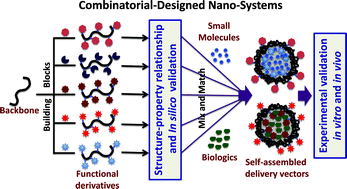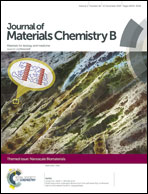Combinatorial approach in the design of multifunctional polymeric nano-delivery systems for cancer therapy
Abstract
There have been significant advances in our understanding of cancer as a disease at the molecular level. Combined with improved diagnostic systems, the concept of personalized medicine was introduced where therapy for every patient can be customized according to their disease profile. The nanotechnology approach for formulation design and the advent of drug delivery systems for small molecules and biologics has contributed to the development of personalized medicine. Despite the progress, effective management and treatment of cancer remains a clinical challenge. The majority of drug delivery vectors that have undergone clinical trials have been discontinued prematurely because of poor therapeutic outcomes, off-target effects and non-specific toxicity due to the components of the formulation itself. Therefore, there is an urgent unmet requirement for a systematic approach to design drug delivery vectors that not only deliver the cargo to the desired site of action, but are also highly biocompatible and non-toxic. The past decade has seen the evolution of a combinatorial approach to drug delivery, a concept that has been classically successful in drug discovery research. In the present review, we summarize the wet-lab and in silico strategies to designing libraries of biocompatible delivery materials using combinatorial chemistry and support this strategy with pre-clinical success stories in cancer therapy.

- This article is part of the themed collection: Nanoscale Biomaterials

 Please wait while we load your content...
Please wait while we load your content...